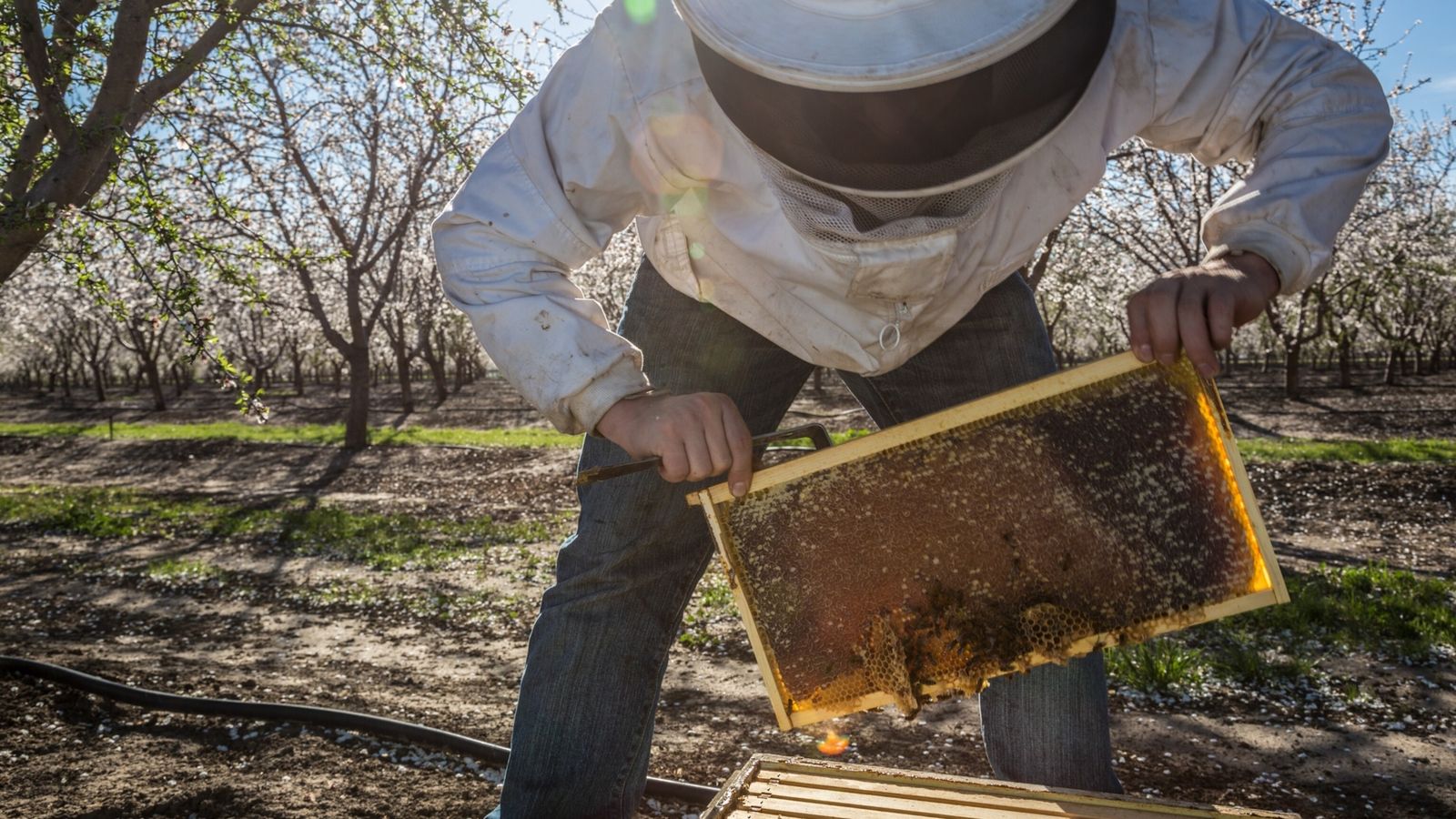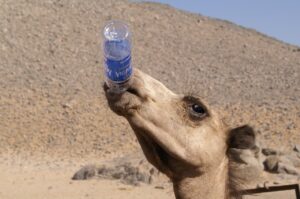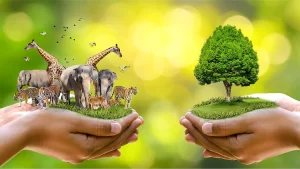Our towns are teeming with trillions of trillions of bacteria, fungi, and viruses, despite the fact that we strive not to think about it. Knowing which ones are active can provide researchers with valuable information regarding the condition of the local plants, animals, and people. However, citywide microorganism collection is both time-consuming and costly.
Currently, researchers have developed a method for using honeybees to sample complete cities. A recent study that was released on March 30 in the journal Environmental Microbiome showed how sampling the waste at the bottom of honeybee hives can give researchers an overview of the microbial landscape of metropolitan settings.
In the study, researchers examined DNA from honeybee hives that had been abandoned in New York City, Sydney, Melbourne, Venice, and Tokyo. They discovered that each site had a distinctive genetic signature. A pathogen that is known to induce disease in humans was even present in some samples.
Sponsered6
Honeybees have the potential to greatly simplify city-wide microorganism monitoring, according to the study’s authors, though more research is required to determine whether they can be used to identify diseases in cities.
Swapping swabs for swarms
Characterizing the microbiomes of the cities in which we reside is crucial, states
Elizabeth Hénaff is an associate professor at NYU who specializes in the relationship between living things and their surroundings. Although cities are home to more than half of the world’s inhabitants, little is known about their microbial environments. Scientists are aware that our interactions with the microbial city slickers can have a significant effect on their health.
Sponsered6
In Red Hook, Brooklyn, honeybees broke into a neighboring maraschino cherry factory in 2010, producing bright-red syrup that attracted a lot of media attention. Hénaff and her coworkers decided to conduct a pilot study to find out what other substances the honey bees in New York were bringing back to their colonies as a result of this. The idea occurred to the researchers that this might be a simpler method of sampling microbes than swabbing for organisms on sidewalks, subway posts, and similar surfaces.
Three hives in New York City were sampled for honey, dead bees, and debris. The researchers discovered a wide variety of genetic information, the majority of which originated from the hive waste. The researchers then obtained hive remnants from farmers in Australia, Italy, and Japan, each of which had a distinctive regional flavor.
The majority of the fungi in Venice’s hive debris are typically found in rotting timber, which is prevalent in the city’s soggy environment. Zygosaccharomyces rouxii, a strain of yeast used in the fermentation of soy sauce, was found in samples of hive detritus collected in Tokyo. Additionally, some of the samples from Tokyo contained DNA from the bacterium Rickettsia felis, which infects people and can result in cat’s scratch fever, a febrile illness resembling typhus.
Sponsered6
Additionally, they found some interesting bacteria inside the Brooklyn beehives, including one species that is known to break down polychlorinated biphenyls (PCBs) and another that was earlier discovered in lakes at high altitudes in the Andes and is resilient to harsh environments.
The majority of the fungi in Venice’s hive debris are typically found in rotting timber, which is prevalent in the city’s soggy environment. Zygosaccharomyces rouxii, a strain of yeast used in the fermentation of soy sauce, was found in samples of hive detritus collected in Tokyo. Additionally, some of the samples from Tokyo contained DNA from the bacterium Rickettsia felis, which infects people and can result in cat’s scratch fever, a febrile illness resembling typhus.
Additionally, they found some interesting bacteria inside the Brooklyn beehives, including one species that is known to break down polychlorinated biphenyls (PCBs) and another that was earlier discovered in lakes at high altitudes in the Andes and is resilient to harsh environments.
Sponsered6
Flying Swiffers
According to Lewis Bartlett, a study scientist at the University of Georgia who specializes in honeybees and the infectious diseases that affect them, honeybees sample the soil, water, air, and everything in between as they go about their everyday foraging.
They can be compared to tiny flying Swiffer sheets, adds Bartlett. Bees have tiny hairs covering them that not only gather pollen but also urban particulates like pollutants, animal and insect dander, and other such things. They then return home and clean themselves up so that they look pleasant.
According to Bartlett, sampling the honey bees’ waste in urban areas is “a really interesting way to go about sampling the environment.” In addition to honeybees’ superior sampling abilities, he thinks the approach has value because “beekeepers tend to be really enthusiastic about getting on board with scientific research.”
Sponsered6
Bees for a better tomorrow
The microbe community in a place is influenced by a variety of factors, including the environment and level of growth. Urban ecologist Christopher Schell at the University of Washington Tacoma, who wasn’t involved in the study, claims that urbanization is one of the most transformative landscape processes in the world.
According to him, it is crucial to comprehend how urbanization affects the microbial landscape for the wellbeing of all living things.
A growing body of research, according to Hénaff, “indicates that exposure to diverse microbiomes is a key component for positive health outcomes.”
Sponsered6
It “seems really important from a city planning perspective, specifically with respect to environmental justice,” she says, to be able to identify the diversity of the microbial communities in various neighborhoods.
While it is unclear whether honeybees will ever assist doctors in diagnosing illnesses or urban planners in creating more egalitarian cities, Hénaff’s research has shown the insects’ enormous potential as tiny scientific samplers.
Sponsered6




